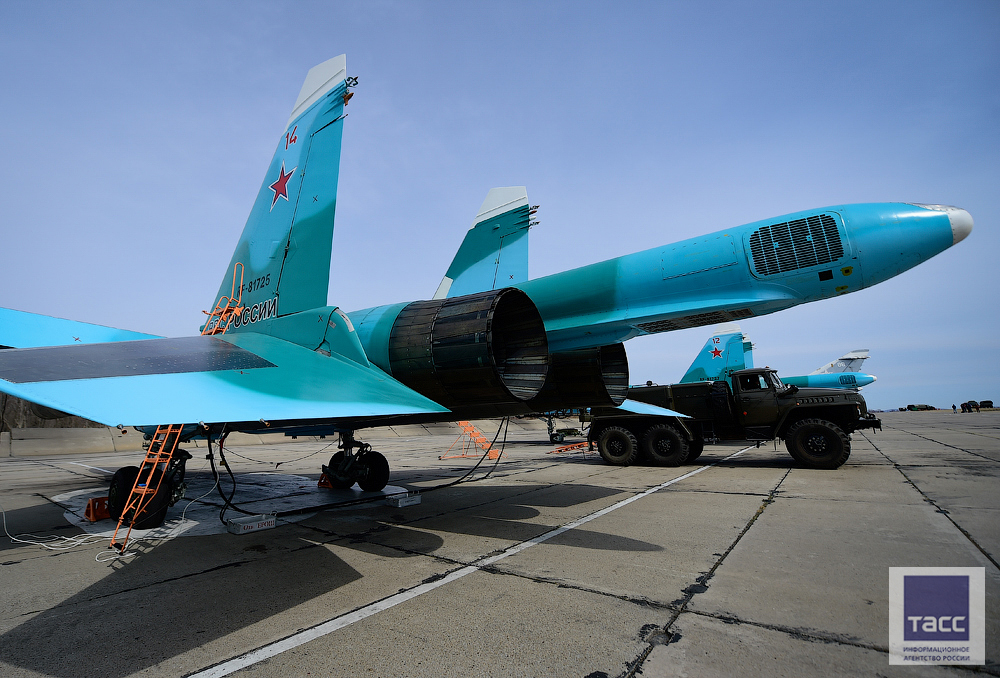 thegopnik Wed Sep 11, 2019 6:08 pm
thegopnik Wed Sep 11, 2019 6:08 pm
magnumcromagnon wrote: kvs wrote: miketheterrible wrote:Reason why Russia never bothered initially with AESA for airborn radars was simple:
- Cost vs Performance - in end it's physics - energy input vs output. They managed to get similar results using Hybrid radar while paying significantly less.
- Efficiency of T/R modules. Older TR modules Russia and others make are rather inefficient. They have a relatively high failure rate (over 10% of total modules used) and cooling them was a problem initially. You would rarely if ever get 7w out of a 10w module, and these were seen in ground systems. Imagine for aircrafts.
Russia, since introducing AESA T/R modules GaAS back in early 2000's, have invested in ways to make it smaller and more efficient. A single module now consists of a quad pack meaning 4x per module. And instead of 5W, they managed upwards to 15W each. Ultimately though, cooling was and still is an issue. Don't know if overall efficiency has improved. Hence why only recently they been looking at it for aircraft while they been using AESA for ground systems for many years (Nebo M as example). Su-35 also has AESA lband modules on its wings but it's debated as what they are for (either long range quick scans or for IFF).
ROFAR is what Rostec has invested money and even built two new facilities for. I think they are forgoing GaAS or GaN at the moment besides for civilian use (They make GaN modules as we speak for civil assets - telecom systems and airports). I have provided the news and links before on this forums.
The trick with GaN is that for a given power level the signal discrimination is much higher. So you can either use less power to get the same detection ability
or use more power and get much better detection ability. I suspect a variable power capability is being developed. No need to be on detection steroids all the time.
The thing is that MOD is applying GaN modules for 'their' take on 2nd gen AESA, which is GaN module AESA array backed with Photonic computing which allows information processing by an order of magnitude greater or more than previous generation of computing. Because the processing power is so much greater, you'll have an AESA array with rows of modules working on different frequencies wavelengths: One row could be X-band frequency, another row S-band, another L-band, another Ku-band, another VHF-band, another UHF-band. The multi-band AESA allows for 3D visualization of data gathered by frequency signals. You may even seen radars that go through THF wavelengths to ELF wavelengths.
Source I received from LMFS.
https://iz.ru/914404/roman-kretcul-aleksei-ramm/byt-3d-novye-lokatory-sozdadut-trekhmernuiu-kartinku-tceli
"The Russian military will receive radars based on revolutionary technology - radio photonics. Thanks to such locators, you can recognize complex objects and find small targets even against the background of numerous interference. Unlike traditional radar stations, they use optical devices rather than microwave electronics when processing the signal. The main advantage of the new development is that it allows you to create a three-dimensional portrait of an object and determine its type. In a few years, radio-photon locators will be installed on promising fighters and other weapons systems, sources in the military department told Izvestia.
The first prototype of a radar on discrete radio-photonic elements has already been created, the head of RTI JSC Maxim Kuzyuk told Izvestia. According to Izvestia sources in the Ministry of Defense, the military is taking part in tests of new type locators.
During the experiment, the locator tracked the trajectory of a small-sized drone. A full analysis of his work was carried out, on the basis of which the directions of further research were determined, ”said Maxim Kuzyuk. - To develop a new system, a new component base is needed, including photonic integrated circuits.
Modern radars create electronic radiation in the area of their action, which, reflected from objects, returns and transmits a signal to the receiving equipment. This technology has not changed for many decades. Radio-photon locators operate using an ultra-wide bandwidth optical signal processing path, and this provides a number of advantages. Firstly, the dimensions of such radars are much smaller than existing ones. Secondly, they are more reliable and more resistant to electromagnetic radiation. In addition, prospective locators have increased resolution and noise immunity. They allow not only to detect the target and determine the parameters of its flight, but also to compose a three-dimensional portrait of the object to determine its type."
FICs > GaN AESA. FICs is a completely different field from MMICs in fact it gave the Russians brand new tracking capabilities that were not deemed possible from space.







